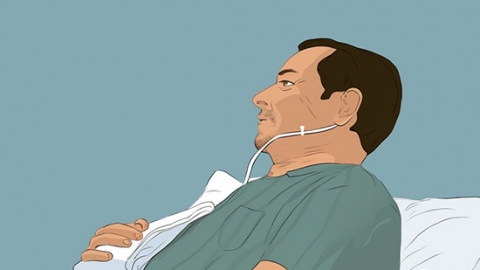Proper Use of Medical Nursing Pads
Proper use of medical protective pads includes selecting the appropriate type, ensuring aseptic handling, correctly positioning the pad, timely replacement, and proper disposal of used items. Following these guidelines ensures effective protection and helps prevent discomfort or infection. If skin redness, itching, or allergic reactions occur after use, prompt medical attention is recommended.
1. Select the Appropriate Type: Choose the suitable pad based on the intended use—for example, opt for high-absorbency pads for postoperative care and thin, breathable ones for daily protection. Using an inappropriate type may compromise protection or cause discomfort.
2. Ensure Aseptic Use: Check that the packaging is intact and free from damage or leakage before use. Use immediately after opening to avoid prolonged exposure to air, which could lead to bacterial contamination and reduced effectiveness.

3. Correct Placement: When placing on beds or examination tables, ensure the pad lies flat without wrinkles, fully covering areas likely to be in contact with the patient. For localized care, position the pad directly over the area with secretions, ensuring the absorbent side is in full contact with the skin.
4. Timely Replacement: Replace every 2–4 hours when there is heavy discharge; for routine protection, replace at least every 8 hours. Delayed replacement may lead to saturated pads, promoting bacterial growth and increasing the risk of skin irritation or cross-infection.
5. Proper Disposal: After use, fold and contain the contaminated portion, then dispose of it in designated medical waste bins according to healthcare waste classification protocols. Do not discard casually or mix with household trash to prevent pathogen transmission.
Store medical pads in a cool, dry place away from direct sunlight and high heat or humidity. Avoid touching the sterile surface that contacts the skin with bare hands. Choose fragrance-free, non-irritating products according to user needs to minimize the risk of skin irritation.





